Clancy Tucker's Blog, page 206
November 2, 2016
3 November 2016 - VERY CUTE

VERY CUTE
G'day folks,
Here are some very cute and interesting photographs of kids and animals.


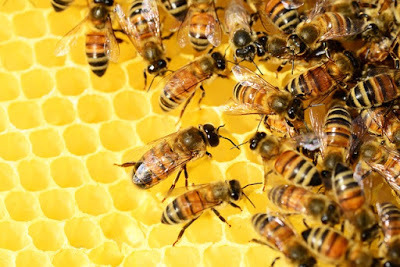

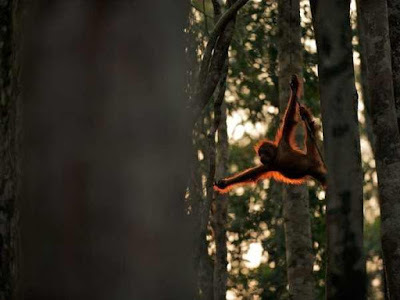






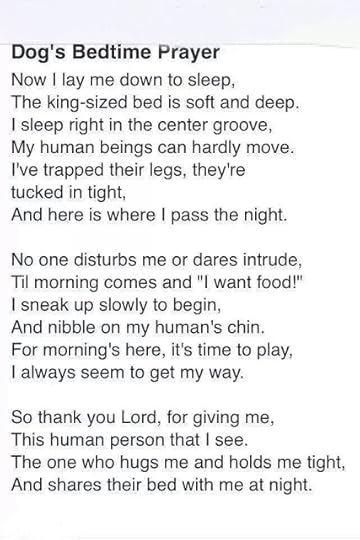






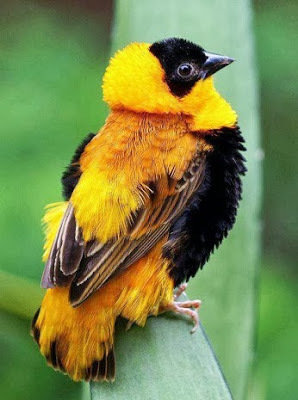


Clancy's comment: Loved the lil girl at the gymnasium.
I'm ...
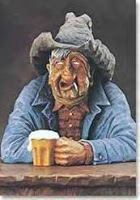
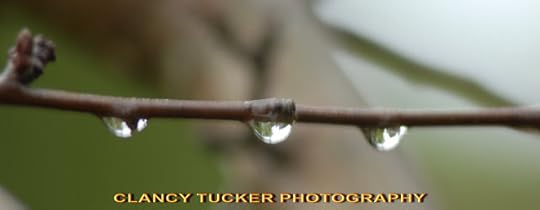
Published on November 02, 2016 12:50
November 1, 2016
2 November 2016 - DIFFICULT WORDS TO SPELL
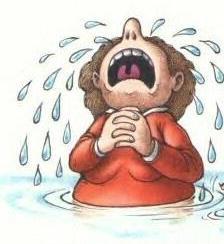
DIFFICULT WORDS TO SPELL
G'day folks,
Here I am again, reminding you about your spelling; good or bad.
11. pharaoh (pharoh)
Given the world’s fascination with ancient Egypt, you’d think that the word for their rulers wouldn’t present such a problem, but the sneaky ‘ao’ in the second syllable is a tricky one.
12. liaison (liason)
Both liaisonand liaise boast that tricky triple vowel, a gift from French.
13. convalesce (convalece)
The -sce ending in convalesce is a spelling difficulty that crops in several English words that have a Latin origin, including acquiesce, coalesce, and incandesce.
14. supersede (supercede)
Derived from the Latin word supersedere, this word is frequently misspelled as supercedethanks to the influence of words like accede and intercede.
15. ecstasy (ecstacy)
Ecstasy may turn to despair when you realize that you’ve assumed that the ‘c’ at the start of ecstasy makes a later reappearance.
16. Caribbean (Carribean, Caribean)
The Caribbean tropics may seem slightly less alluring once you realize how much trouble you have spelling this name.
17. harass (harrass)
While harassmay have two different pronunciations, it doesn’t have two r’s!
18. maintenance (maintainence)
Although maintenanceoften implies the maintaining of something, the word does not have maintainin it.
19. pronunciation (pronounciation)
Even though the verb form of this word is pronounce, the noun – pronunciation – does not have that ‘o’ in the middle. Before writing the word out, you might try saying both pronunciation and pronounce out loud and hear the difference yourself.
20. Arctic (Artic)
Although the pronunciation without the ‘c’ sound is considered acceptable, the spelling still requires that the ‘c’ be present. (The same goes for Antarctica.)
21. occurred (ocurred, occured)
Make sure that you double both the ‘c’ and the ‘r’ when you use the past tense of occur! Many verbs ending in a single ‘r’ will take a double ‘r’ in the past tense, such as recur, blur, and refer.
22. recommend (reccommend, reccomend)
Another double-letter kerfuffle, recommend might seem as though it deserves a second ‘c’, but the word only has one.
23. deductible (deductable)
This word is one of many examples of -ibles and -ables that may easily be confused.

Clancy's comment: Yep, a few of these are at the top of my tricky list. What about you?
I'm ...


Published on November 01, 2016 13:31
October 31, 2016
1 November 2016 - HARRY BELAFONTE
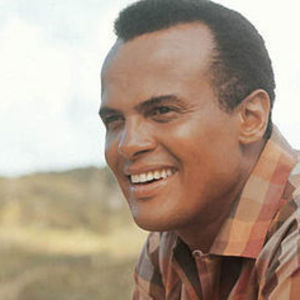
HARRY BELAFONTE
G'day folks,
Welcome to the life of a well-loved singer. Harold George "Harry" Bellanfanti, Jr., better known as Harry Belafonte, is an American singer, songwriter, actor, and social activist.
Harry Belafonte’s remarkable career as a singer and entertainer is surpassed only by his accomplishments as an advocate for human rights. Born in Harlem, Belafonte lived with his grandmother in her native Jamaica during his formative years, where he was exposed to traditional Caribbean music. Returning to New York in his teens, Belafonte graduated from George Washington High School before serving in the U.S. Navy during WWII.
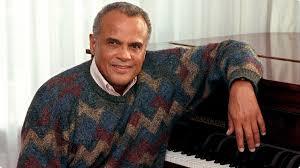
Belafonte signed to Victor in 1952, but made his first big splash with Calypso in 1956. The LP brought both the singer and Caribbean music to a significantly wider audience, becoming the first album in U.S. history to sell one million copies in a year and earning Belafonte his title as “King of Calypso.”

This marked America’s first mainstream exposure to music of the Caribbean and prefigured its eventual infusion into jazz, R&B, and rock. Songs like “Banana Boat (Day-O)” and “Jump in the Line” became hi-fi party staples. As Belafonte enjoyed widespread critical and commercial success, he also became an uncompromisingly vocal participant in the Civil Rights movement. He refused to perform in the segregated South during the late 1950s and established a meaningful friendship with Martin Luther King, Jr.
In fact, Belafonte constantly placed himself on the front lines for such moments, performing at John F. Kennedy’s inauguration, becoming a leading critic of Apartheid in South Africa, roundly lambasting America’s foreign policies during the War on Terror, and serving his post as a UNICEF goodwill ambassador since 1987.

In addition to becoming the figure most closely identified with calypso music, even to the present day, Belafonte dedicated his career to exploring Western music in all its forms, dabbling in blues, gospel, folk, and standards to equal acclaim. Over a recording, performing, and acting career spanning a staggering seven decades, Belafonte has been the recipient of an Emmy, a Tony, three Grammys (a Lifetime Achievement Award among them), and a National Medal of Arts.
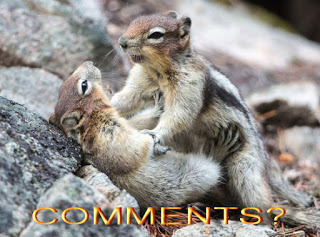
Clancy's comment: He was one of my favourites as a kid, and a man who has been highly successful in more ways than one.
I'm ...


Published on October 31, 2016 13:55
October 30, 2016
31 October 2016 - WISE COMMENTS

WISE COMMENTS
G'day folks,
Welcome to some more wise comments.





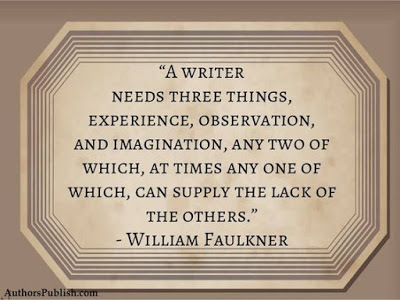











Clancy's comment: Loved the tiny turtles.
I'm ...

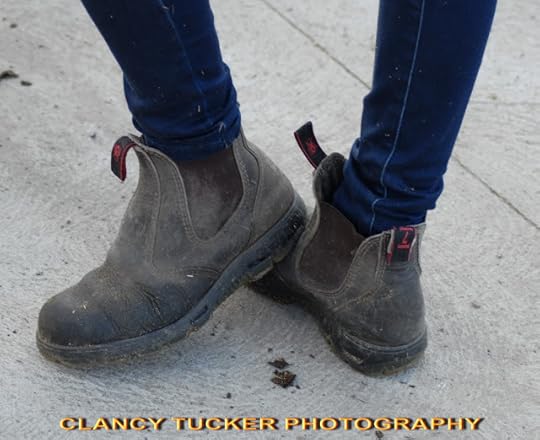
Published on October 30, 2016 13:01
October 29, 2016
30 October 2016 - EDDIE MABO

EDDIE MABO
G'day folks,
Welcome to some background on a brave man. Eddie Koiki Mabo was an Australian man from the Torres Strait Islands known for his role in campaigning for Indigenous land rights and for his role in a landmark decision of the High Court of Australia.
Eddie Koiki Mabo(1936-1992) was born Eddie Koiki Sambo but changed his name later in life. A Torres Straits Islander, he is a famous figure in Australian history for his role in campaigning for indigenous land rights and his role in one landmark decision of Australia's High Court, overturning the legal fiction of terra nullius which characterised Australian law with regards to land and title.
Edward Mabo was born in 1936 on Mer Island (also known as Murray Island), one of the Torres Strait Islands. His mother died shortly after his birth and his maternal uncle, Benny Mabo and his wife were entrusted to raise him.
In his youth, Eddie Mabo like other Murray Islanders was educated about his family's land. But at that time in the Torres Strait Islands, life was strictly regulated by the Queensland Government through their Island Council, and as a result of a teenage prank the Council exiled him from his home.
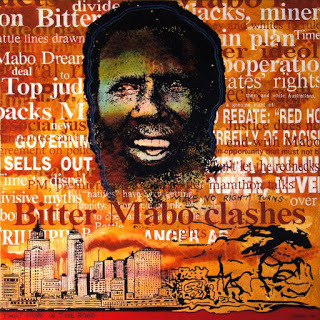
After that point he worked on pearling boats and then when his exile was extended he moved to Townsville and worked there on the railways. This proved to be an important turning point in his life, for Eddie Mabo became the spokesperson for the Torres Strait Islander gang on the railroads, and in that capacity he frequently interacted with white Australian trade union officials.
In 1959, at the age of twenty-three, he married Bonita Neehow. Together, they would eventually raise ten children.
Over the next decade, Eddie Mabo worked on a number of jobs but when he was thirty-one years old he became a gardener with James Cook University in Townsville, Queensland. Being at the campus was a massively significant period in his life. He would sit in on lectures. He would go to the library and read books, particularly those written by white anthropologists about his people.
In 1974, this culminated in a discussion he had with with Professor Noel Loos and Henry Reynolds, who recalled Eddie Mabo's reaction as follows,
"...we were having lunch one day in Reynold's office when Koiki was just speaking about his land back on Mer, or Murray Island. Henry and I realised that in his mind he thought he owned that land, so we sort of glanced at each other, and then had the difficult responsibility of telling him that he didn't own that land, and that it was Crown land. Koiki was surprised, shocked and even... I remember him saying 'No way, it's not theirs, it's ours.'"
In 1981 a Land Rights Conference was held at James Cook University and to that audience, Eddie Mabo made a speech where he spelt out clearly land ownership and land inheritance in Murray Island. The significance of this in terms of Australian common law doctrine was not missed by one of the attendees, a lawyer, who suggested there should be a test case to claim land rights through the court system.
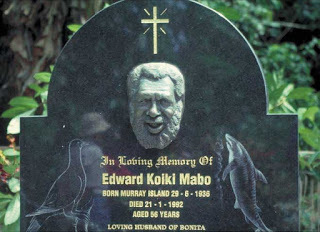
The Murray Islanders decided they would be the ones to challenge the legal principle of terra nullius in the High Court and that Eddie Koiki Mabo would be the one to lead that action.
Of the outcome of that decision Henry Reynolds said that "...it was a ten year battle and it was a remarkable saga really. After listening to the argument and after investigating it, Justice Moynihan came to the conclusion that Koiki Mabo wasn't the son of Benny Mabo and declared that he had no right to inherit Mabo land."
While personally devasted, Eddie Koiki Mabo persisted in pursuing the matter and appealed it to the High Court of Australia.
However, while he would take time out to relax by working on his boat or painting watercolours of his island home, after ten years the strain began to affect his health.
In January 1992, Koiki Mabo died of cancer. He was fifty-six years of age.
Five months later the High Court announced its historic decision, namely overturning the legal fiction of terra nullius - ('no-mans land') which the British declared before claiming Australia over two hundred years ago.
"...so Justice Moynihan's decision that Mabo wasn't the rightful heir was irrelevant because the decision that came out was that native title existed and it was up to the Aboriginal or Islander people to determine who owned what land." Henry Reynolds.
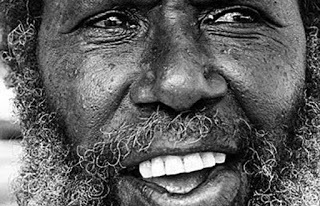
That decision is now commonly called Mabo in Australia, and recognised for its landmark status. Three years after Eddie Koiki Mabo died, that being the traditional mourning period for the people of Murray Island, a gathering was held in Townsville for a memorial service.
Overnight his grave site was vandalised. Koiki's body was reburied on Murray Island, the land he loved and fought for so hard. That night, the Islanders performed their traditional ceremony for the burial of a king, a ritual not seen on the island for eighty years.

Clancy's comment: Go, Eddie! Brave man.
I'm ...

 R.I.P
R.I.P
Published on October 29, 2016 14:07
October 28, 2016
29 October 2016 - MORE WEIRD STUFF

MORE WEIRD STUFF
G'day folks,
Time to take a break and check out how the other people live.

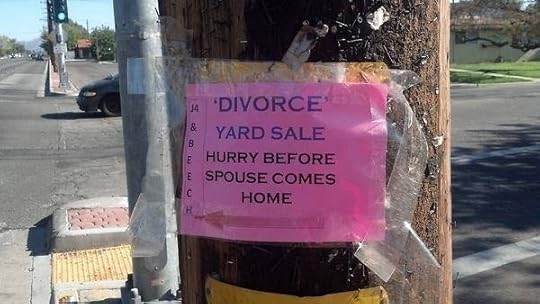





















Clancy's comment: Amazing, eh? The world sure has a weird side.
I'm ...


Published on October 28, 2016 12:45
October 27, 2016
28 October 2016 - QUESTIONS TO ANSWER

QUESTIONS TO ANSWER
G'day folks,
Okay, let's see if you know the answer to these questions.
· How come wrong numbers are never busy?
· Do people in Australia call the rest of the world "up over"?
· Can a stupid person be a smart-ass?
· Does killing time damage eternity?
· Why is it that night falls but day breaks?
· Why is the third hand on the watch called a second hand?
· Why is lemon juice made with artificial flavor, and dishwashing liquid made with real lemons?
· Are part-time band leaders semi-conductors?
· Can you buy an entire chess set in a pawn-shop?
· Daylight savings time. Why are they saving it and where do they keep it?
· Did Noah keep his bees in ArcHives?
· Do pilots take crash-courses?
· Do stars clean themselves with meteor showers?
· Do you think that when they asked George Washington for ID that he just whipped out a quarter?
· Have you ever imagined a world with no hypothetical situations?
· Have you ever seen a toad on a toadstool?
· How can there be self-help "groups"?

Clancy's comment: So, how did you go? Know any?
I'm ...

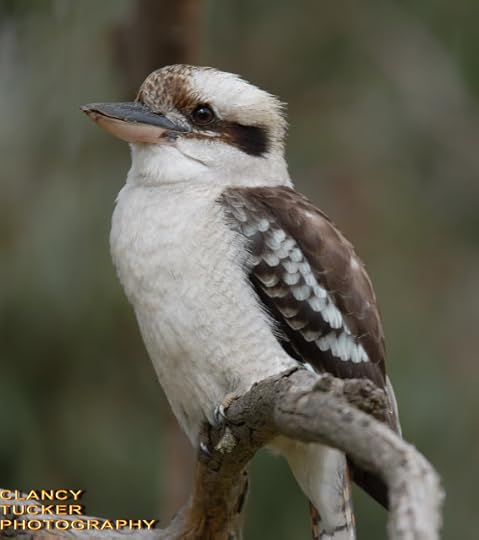
Published on October 27, 2016 12:46
October 26, 2016
27 October 2016 - BELLE STARR

BELLE STARR
G'day folks,
Myra Maybelle Shirley Reed Starr, better known as Belle Starr, was a notorious American outlaw. Belle associated with the James-Younger gang and other outlaws. She was convicted of horse theft in 1883.
Belle Starr gained notoriety as an outlaw on the western edge of the United States in the mid-1800s. While she did consort with infamous characters, historians suggest her renegade reputation surpasses her actual criminal activity.
Born in 1848, Belle Starr was known as an infamous outlaw in the Wild West—the western edge of the expanding United States in the second half of the 1800s. She associated with famous outlaws, like Frank and Jesse James, and was arrested several times. In recent years, however, historians have gathered data that suggests that she committed far fewer criminal acts than her legend would suggest, with the men in her life being the main purveyors of illicit acts. Belle Starr was killed in 1889, with her murderer having never been brought to justice.
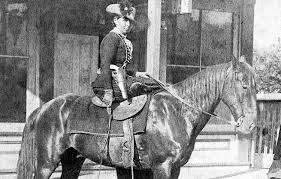
Early Life and Family History
Myra Maybelle "Belle" Shirley, who later became known as Belle Starr upon her marriage to Sam Starr, was born on Feb. 5, 1848, in Carthage, Missouri. She was the daughter of John Shirley and his third wife, Elizabeth Hatfield Shirley. A pianist, Belle grew up in a household with her parents and their other children, including much older half-siblings from her father’s first marriages.
Her elder brother John Addison—called Bud—influenced her greatly, as did the fact that she grew up in the years leading up to the Civil War in the contested Missouri territory. Though Belle received her education from a girl's academy, Bud taught her to use guns and ride horses, and it is believed that she joined him—unofficially—as he tried to subvert the Union’s efforts in Missouri. (The Shirley family supported the Confederacy.)
Bud died in 1864, and the Shirley family moved to the Scyene area of Texas. There, Belle met Jim Reed, marrying him in 1866. In 1868, she gave birth to her first child, whom she called Pearl. A second child, Eddie, was born in 1871.

The Legend of Belle Starr
Throughout her adult life, Belle regularly consorted with criminals. Reed and his family fled from the law numerous times before he was killed in 1874. Legend has it that Belle joined in on her husband’s nefarious activities, but there is little evidence to suggest that she did. Rather, some historians suggest that she wanted to live a life of quiet domesticity. Before Reed's death, Belle had returned to her parent's farm, leaving the marriage.
In 1880, Belle wed Sam Starr, who was Cherokee and part of the Starr gang. Together, they lived on Cherokee land, harboring criminals like Frank and Jesse James at their home. In 1883, Belle and Sam were convicted of stealing horses. Each spent nine months in jail in Detroit, then returned to Indian Territory. By this time, Belle was known as a felon, with her notoriety growing over suspicion for later crimes. She reputedly carried one or two pistols and wore gold earrings and a man’s hat with feathers, though some have argued that she lived more of a home-based life while Sam engaged in illicit activity.
Belle was arrested twice more, but was never convicted again. Sam Starr was killed in 1886, and Belle went on to live with Bill July on Cherokee land. She allegedly reformed, refusing to shelter criminals in her home. When July (whom she called July Starr) was arrested for horse theft, she did not defend him.
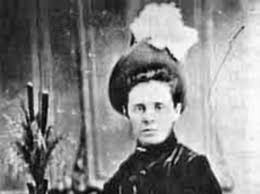
Death and Ensuing Mystery
Belle Starr was shot to death on February 3, 1889, near Fort Smith, Arkansas just before her 41st birthday. She had cultivated some enemies over the years—including her son Eddie and daughter Pearl, with a farmland tenant being viewed as the murder's primary suspect.
Edgar Watson, who rented land from Belle, was a fugitive wanted for murder whom she kicked off her land once she discovered his history. Authorities believed that Watson might have ambushed Belle and he was thus arrested on suspicion that he'd committed the act. Yet he was eventually released as there were no witnesses to the crime.

Clancy's comment: Belle sounds like a wild woman who collected a few enemies along the way.
I'm ...

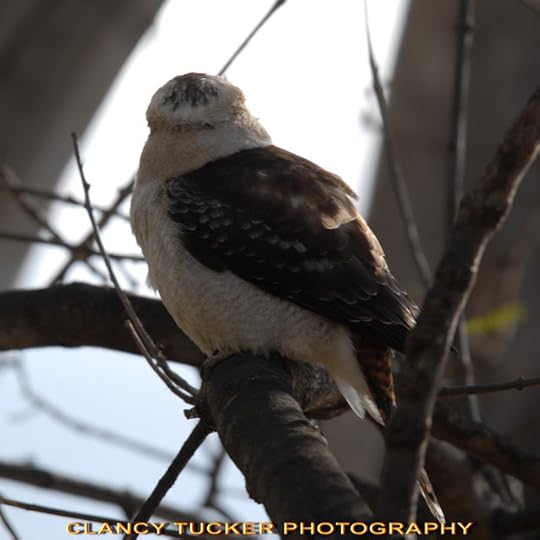
Published on October 26, 2016 13:05
October 25, 2016
26 October 2016 - CHUCK BERRY
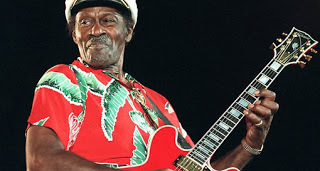
CHUCK BERRY
G'day folks,
Charles Edward Anderson "Chuck" Berry is an American guitarist, singer and songwriter and is one of the pioneers of rock and roll music.
His guitar riffs may be among the most important and imitated sounds of the late 20th Century. His musical output in the mid-to-late ‘50s made him among the most consequential architects of rock and roll and laid the foundation for the generation of rockers to come. Born to a middle-class St. Louis family, Chuck Berry’s development benefited from the rich musical tapestry around him. Though never formally educated in music, he absorbed the soul of the bluesmen, the showmanship of the R&B shouters, and the crossover appeal of the hillbilly country singers that surrounded him.

By the time he was attending Sumner High School in the early ‘40s, he was performing in public with his own R&B combo. His professional development would be put on hiatus starting in 1944 as he served a three-year prison sentence for armed robbery. This would be Berry’s first major encounter in a life filled with legal scrapes and less-than-savory behavior.
On the bright side, his time in prison gave him a chance to focus on his singing. So excellent was the vocal quartet he fronted that they even booked a few gigs outside the prison walls. This was not exactly his big break, though. That wouldn’t come until 1955, when he signed with Chess Records.

With “Maybellene,” his very first single, Berry had a million-seller, an R&B #1, and a #5 on the mainstream charts. It was also the first in a string of crossover hits. In addition to his silver-tongued wordplay, incendiary fretwork, and flashy stage presence, Berry dealt in themes that were in perfect harmony with a surging youth culture. Songs about girls, cars, and school were omnipresent in his performances. Over the next five years, Berry released “Roll Over Beethoven,” “Rock and Roll Music,” “Sweet Little Sixteen,” and “Johnny B. Goode.” This is basically the rock and roll equivalent of Prometheus gifting fire to humanity.
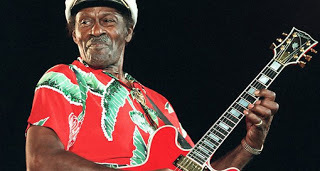
His influence may well have achieved an even greater reach beginning in the mid-‘60s, when a new crop of musicians on both sides of the Atlantic began knowingly and proudly stealing his licks. The Beatles, the Rolling Stones, and the Beach Boys—arguably the three most consequential rock bands of their time—all explicitly declared their debt to Berry. His songs were an important keystone in each band’s early performing repertoire and his incisive lead-in riffs were unabashedly co-opted in their early (and massively successful) songwriting exploits. Even as rock entered its more experimental phase in the late ‘60s, Berry’s songbook remained a necessary building block for every aspiring guitarist.
In many ways, Berry’s important musical accomplishments were at an end by the early ‘60s—and yet any discussion of the idiom which dominated popular music through the next four decades absolutely must begin with Chuck Berry. Indeed, he was a member of the Rock and Roll Hall of Fame’s inaugural class of inductees, making him Ty Cobb to Elvis Presley’s Babe Ruth.
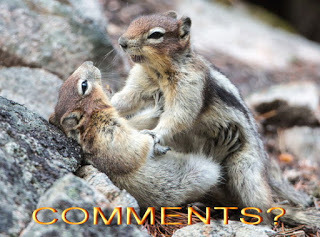
Clancy's comment: They don't come much better than this guy. What a legend.
I'm ....

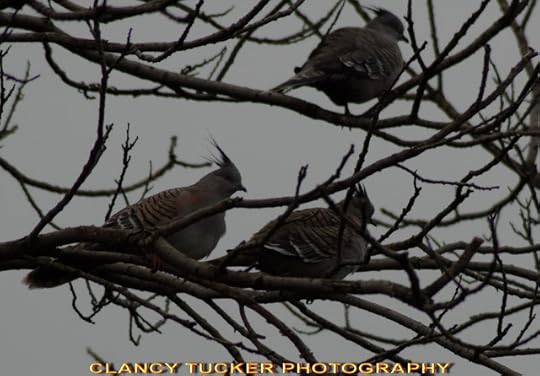
Published on October 25, 2016 14:11
October 24, 2016
25 October 2016 - AUSTRALIAN SNAKES
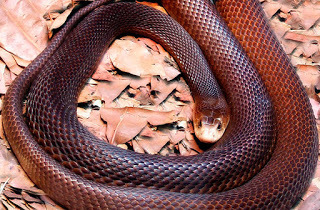
AUSTRALIAN SNAKES
G'day folks,
Yes, Australia is well known for some weird and wonderful animals. Our snakes are no different. Many are highly feared, but beautiful creatures.
When it comes to self-defence, Australia's snakes have things pretty well covered. We share our continent with about 140 species of land snakes, some equipped with venom more toxic than any other snakes in the world.
But bites are actually quite rare in Australia and, since the development of anti-venom, fatalities have been low – between four to six deaths a year.
"This is in contrast to India, for example, where bites may reach one million a year, with over 50,000 deaths," says Associate Professor Bryan Fry, a herpetologist and venom expert at the University of Queensland. "Snake bites are very, very rare [in Australia] and often the fault of the person being bitten. Most bites occur when people are trying to kill a snake or show off."
Most snakes would rather slither away from humans than fight them. "Snakes don't perceive humans as food and they don't aggressively bite things out of malice. Their venom is used to subdue prey that would otherwise be impossible for a snake to eat," says Dion Wedd, curator of the Territory Wildlife Park, NT. "If their only escape route is past a human with a shovel, then they are likely to react in the only way they can."
So if you're standing between a snake and its escape route, prepare for a fearsome display. Although all species are potentially dangerous, here's our top 10 pick of the most dangerous snakes in Australia– some of them highly venomous, some extremely nervous, some you're just more likely to see slithering away in your backyard.
Here are some beautiful samples:
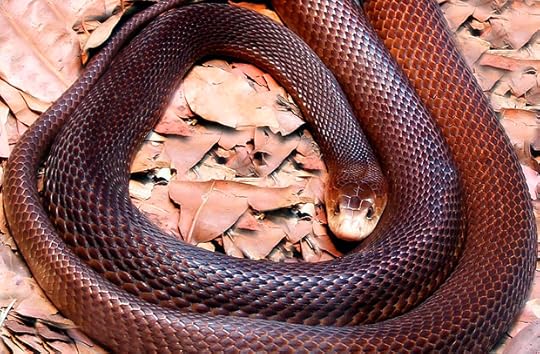 TAIPAN
TAIPAN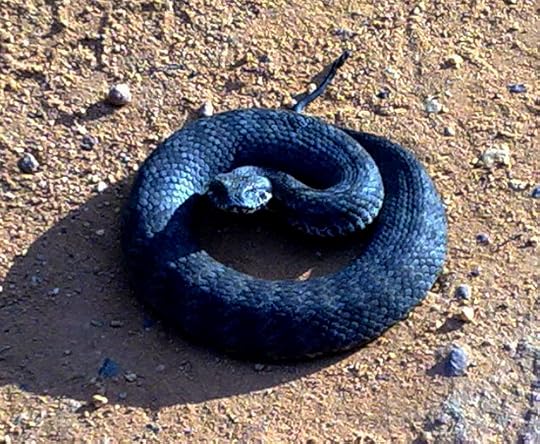 DEATH ADDER
DEATH ADDER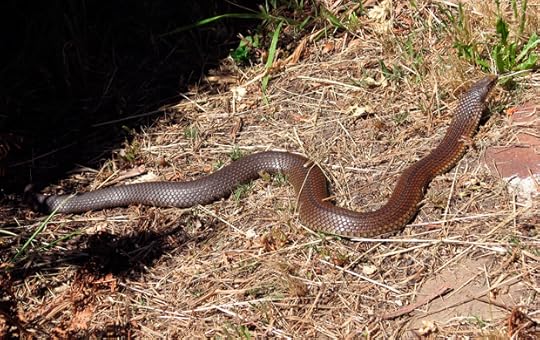 COPPERHEAD
COPPERHEAD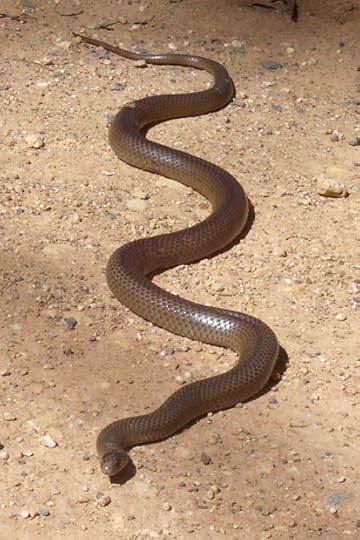 EASTERN BROWN
EASTERN BROWN INLAND TAIPAN
INLAND TAIPAN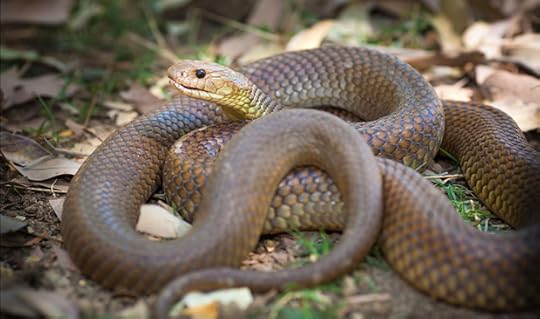 KING BROWN
KING BROWN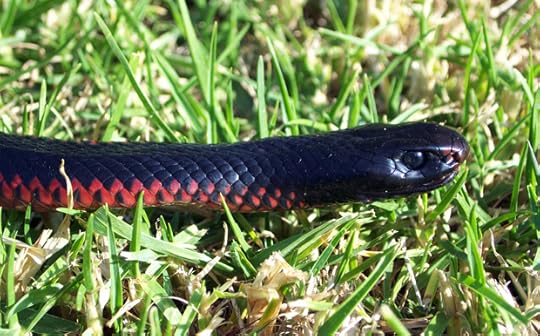 RED BELLIED BLACK SNAKE
RED BELLIED BLACK SNAKE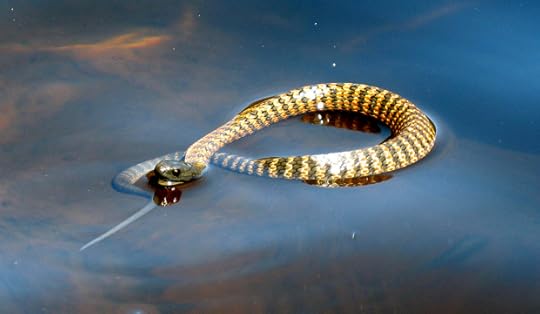 TIGER SNAKE
TIGER SNAKE WESTERN BROWN
WESTERN BROWN
Clancy's comment: They look pretty, but they are also pretty mean if confronted.
I'm ...

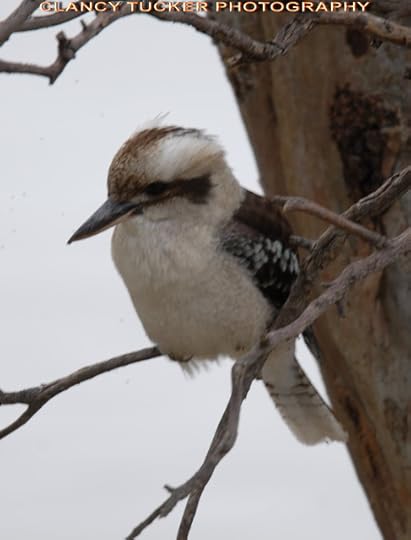
Published on October 24, 2016 12:56



